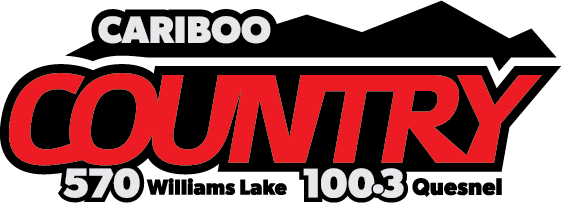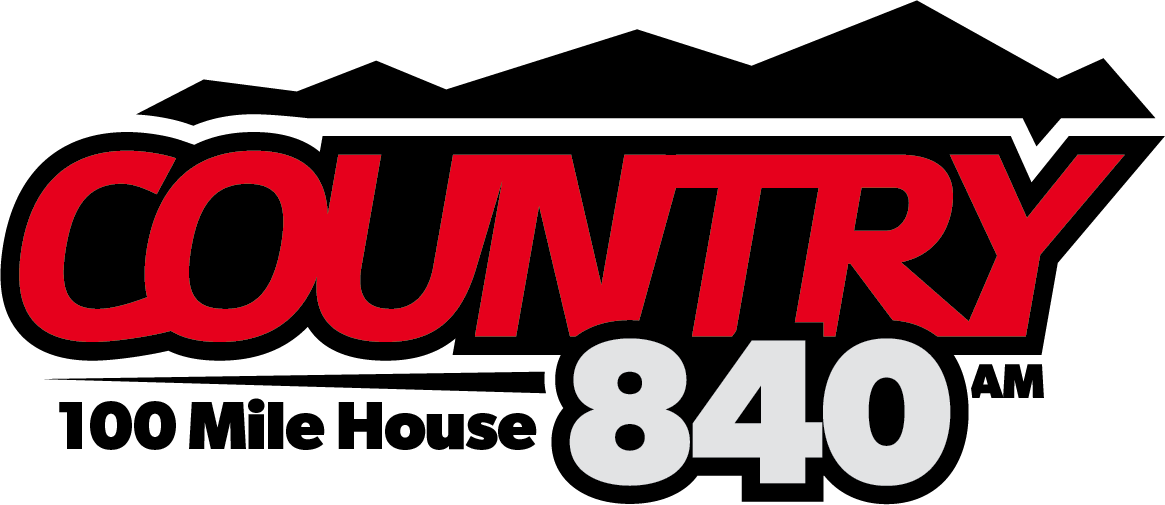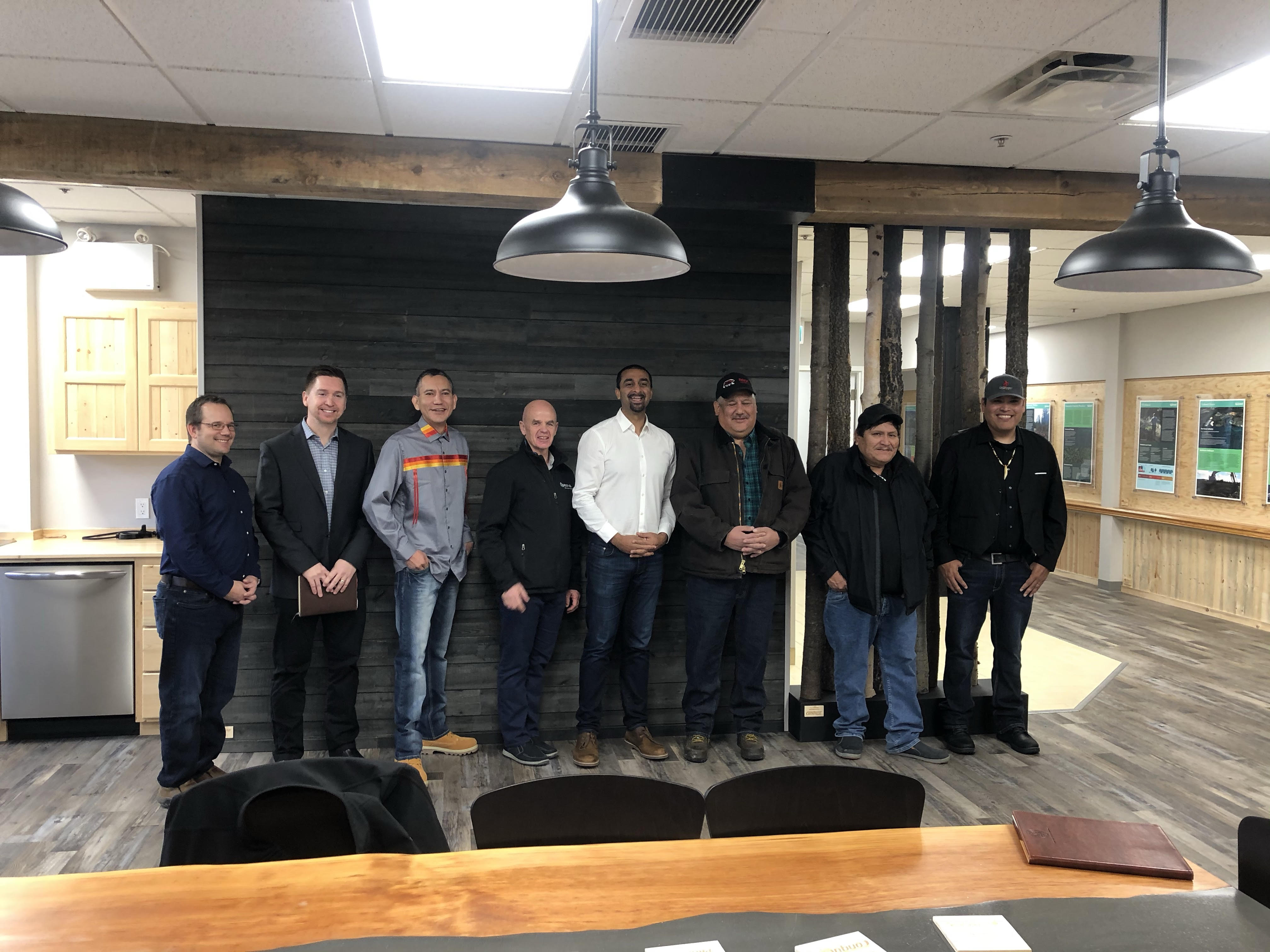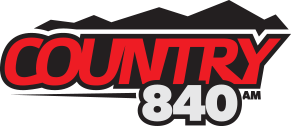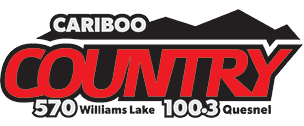The Provincial Government has announced a major shift in how the timber will be divvied up in the Quesnel Timber Supply Area.
The new approach, announced by Ravi Kahlon, the Parliamentary Secretary for Forests, Lands, Natural Resource Operations and Rural Development, on behalf of Minister Doug Donaldson who is on a trade mission to China and Japan, involves communities and First Nations to a larger extent…
“Today’s announcement is very symbolic, if not a very good local announcement for us. We know that we need to change our forest sector approach to managing forest communities and indigenous nations, to make them more resilient, when faced with challenges that we’re currently seeing. For years local governments and First Nations have been asking for a different approach to how we manage our forests.”
The change results in more timber for First Nations.
Josh Pressey is the Quesnel District Manager for the Ministry…
“The previous apportionment decision has approximately 42,500 cubic meters allotted to first nations as a collective. This new decision has roughly 162 thousand allotted to First Nations, so it’s about a 400 percent increase.”
Chad Stump, a Councillor with Esdilagh First Nation, welcomed the change…
“Today BC Forest Minister Doug Donaldson and staff from the Ministry of Forests, Lands, Natural Resource Operations and Rural Development, break new ground in the area of forestry, which meant ditching the Quesnel Timber Supply Area apportionment process, and working together in a new way. Both Ezdilagh First Nation and the Southern Dakehl Nations Alliance were awarded more timber volume. This new Quesnel Timber Supply Area apportionment process demonstrates that the BC Government is committed to involving First Nations more in forestry and that it is serious about its commitment to the implementation of the UN declaration of rights of indigenous people.”
Stump committed to sustaining the local forest economy in the Quesnel region and to being active in forest management decision making that encompasses his people’s goals and values.
He also committed to sustaining its working relationship with major forest licensees in the Quesnel region.
Nazko Chief Stuart Alec and Lhtako Dene Chief Clifford Lebrun also spoke in favour of the new system, along with Shawn Holte, the Executive Director for the Southern Dakelh Nation Alliance, and Tai Krahn, who is the Fibre Manager with C&C Wood Products.
The new apportionment also allows for 77,000 cubic meters for a community forest agreement, something the City of Quesnel has been trying to get for decades.
Mayor Bob Simpson says this finally gets the City over the finish line, although he says there is still work to do…
“The next steps will be a letter of invitation from the Minister to the partners that can access that volume, and then from there you begin to take a look at the land base, you take a look at where you can get the volume from, and what the business partnerships would be to be able to access that volume. So as far as we understand the 77,000 that is assigned to community forest can be rolled into the larger volume that is available to First Nations in a larger collaborative, depending on the business relationships that we make, and there may be some efficiencies in that for us.”
Simpson says what they are now interested in is the land base that is being interfaced around the community so that they can do the necessary fuel management, the protection, and also protect some of the other values, recreation values and so on, that are in that area surrounding the city.
The amount that goes to the major licensees is also slightly higher at more than 1.237 million cubic meters, and the BC Timber Sales amount remains the same at 500 thousand to maintain the integrity of the market pricing system.
The only area that will see a decrease in timber supply is what’s called the non-replaceable forest licenses.
This was the extra harvesting that was done because of the Mountain Pine Beetle uplift.
Something going on in the Cariboo you think people should know about?
Send us a news tip by emailing [email protected].

